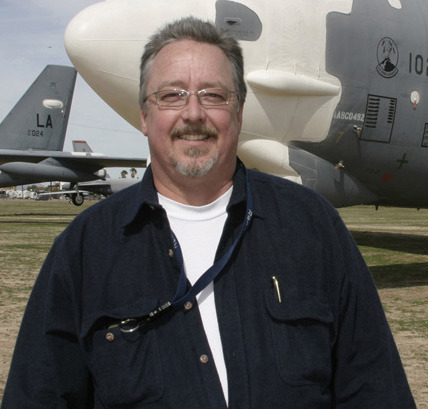
Those who witnessed it never forgot the great armada of Allied ships that filled the English Channel on D-Day, June 6, 1944. From battleships, cruisers, and destroyers down to the much smaller landing ships and landing craft, these nearly 7,000 vessels bombarded the Normandy coast, ferried men, tanks, and equipment across the channel, and landed 150,000 troops—under withering German fire—on Omaha, Utah, Gold, Juno, and Sword beaches in a single day. In numbers and scope, it was the largest seaborne invasion in history. Meanwhile, some 12,000 aircraft flew above the sea, a dizzying assortment of fighters and bombers, transports, recon craft, and gliders. Taking off from air fields in England, they dropped thousands of paratroopers and even vehicles, bombed roads and German positions miles inland, provided vital intelligence, and attacked any German planes that were able to take to the skies. It was the largest single-day aerial operation in history. And yet these important—and impressive—aspects of D-Day haven’t received the coverage they deserve, having been overshadowed by the fighting on the beaches. Veronico assembles photos of both the air and sea components of the D-Day invasion, giving the sailors and airmen their due and giving modern readers a vivid sense of what this monumental day was like in the air and at sea.
Author

"I research and write for my personal enjoyment and educational enrichment. I am honored and humbled by the people I meet who so generously give of their time and share their stories for my projects." — Nicholas A. Veronico Author Nicholas A. Veronico comes from a family of pilots, both his mother and father held private tickets, and his brother is a commercial pilot who flies for a major airline. Veronico got his start in aviation journalism as a freelance journalist in 1984, then joined Pacific Flyer Aviation Newspapers. He then went on to serve as editor of In Flight USA, contributed extensively to FlyPast magazine, and in 1994 joined Airliners: The World's Airline Magazine. On a freelance basis, he has contributed to Air Classics, EAA Warbirds, Warbirds Worldwide, Airliner World, Classic Wings, and many others. His career path lead to the high-tech industry where he worked for an embedded systems-on-a-chip magazine, Silicon Strategies. Subsequently, he served as editor of "Gridpoints, the quarterly publication of the NASA Advanced Supercomputing Division," which covered NASA's scientific achievements in computational physics using high performance computers. He now works as a science and technology journalist in the San Francisco Bay Area. In addition to working in the magazine field, Veronico has collaborated with a number of today's best historians and authors and has written more than 30 books on a wide range of aviation and military topics, and local history subjects. He also served as the lead scriptwriter for Scrapping Aircraft Giants, a TV documentary by Daurg Productions and shown on The Discovery Channel. His homepage is www.pacaeropress.com. Recently, the Military Writer's Society of America (www.militarywriters.com) recognized Veronico's history of the U.S. Navy Blue Angels flight demonstration team and his book on military aircraft storage (AMARG) with distinguished book awards.